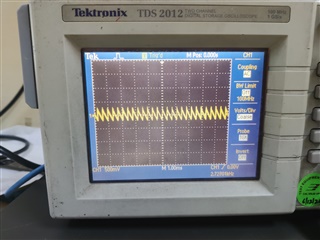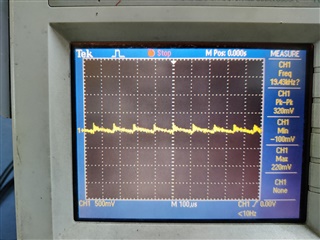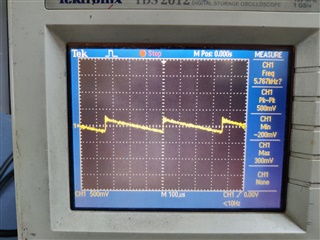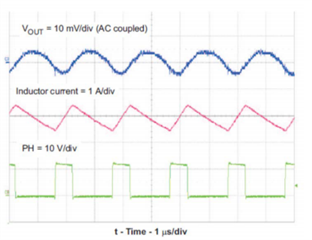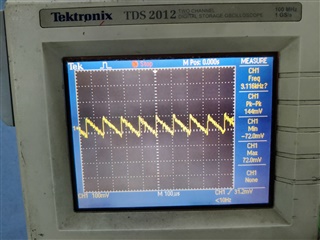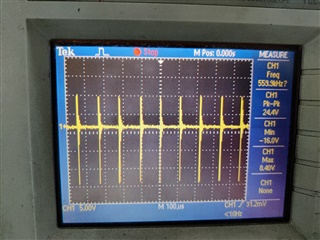Hi,
I have a new board which takes 24V input and generates +15V, -15V and +5V output voltages.
I was trying to check the performance and I noticed significant ripple noise on the +15V output. +5V output which uses the same regulator doesn't have any such noise on the output. The voltage input is 18V instead of 24V(as I currently don't have a 24V supply)
Any ideas about what the issue might be ?


